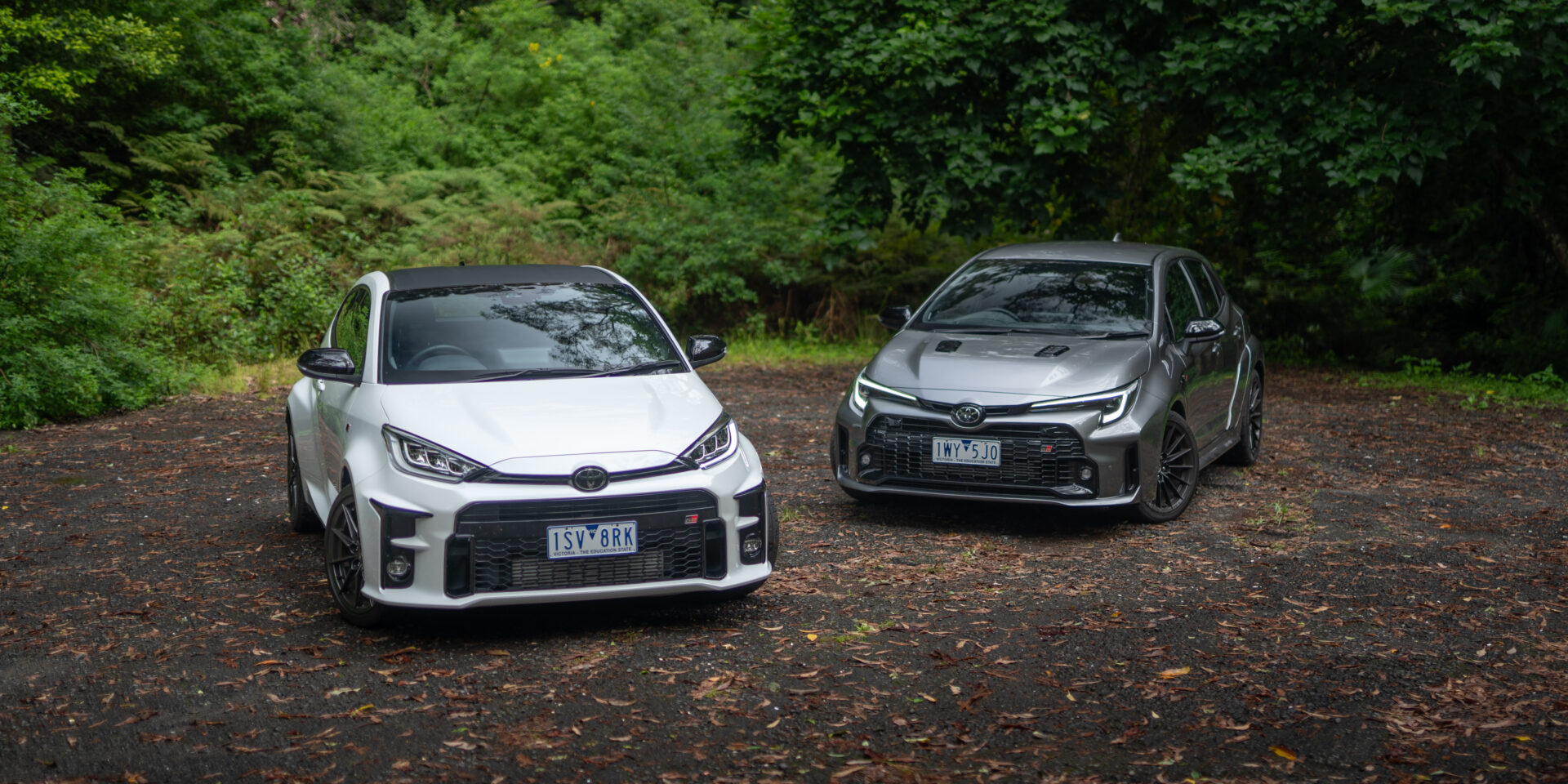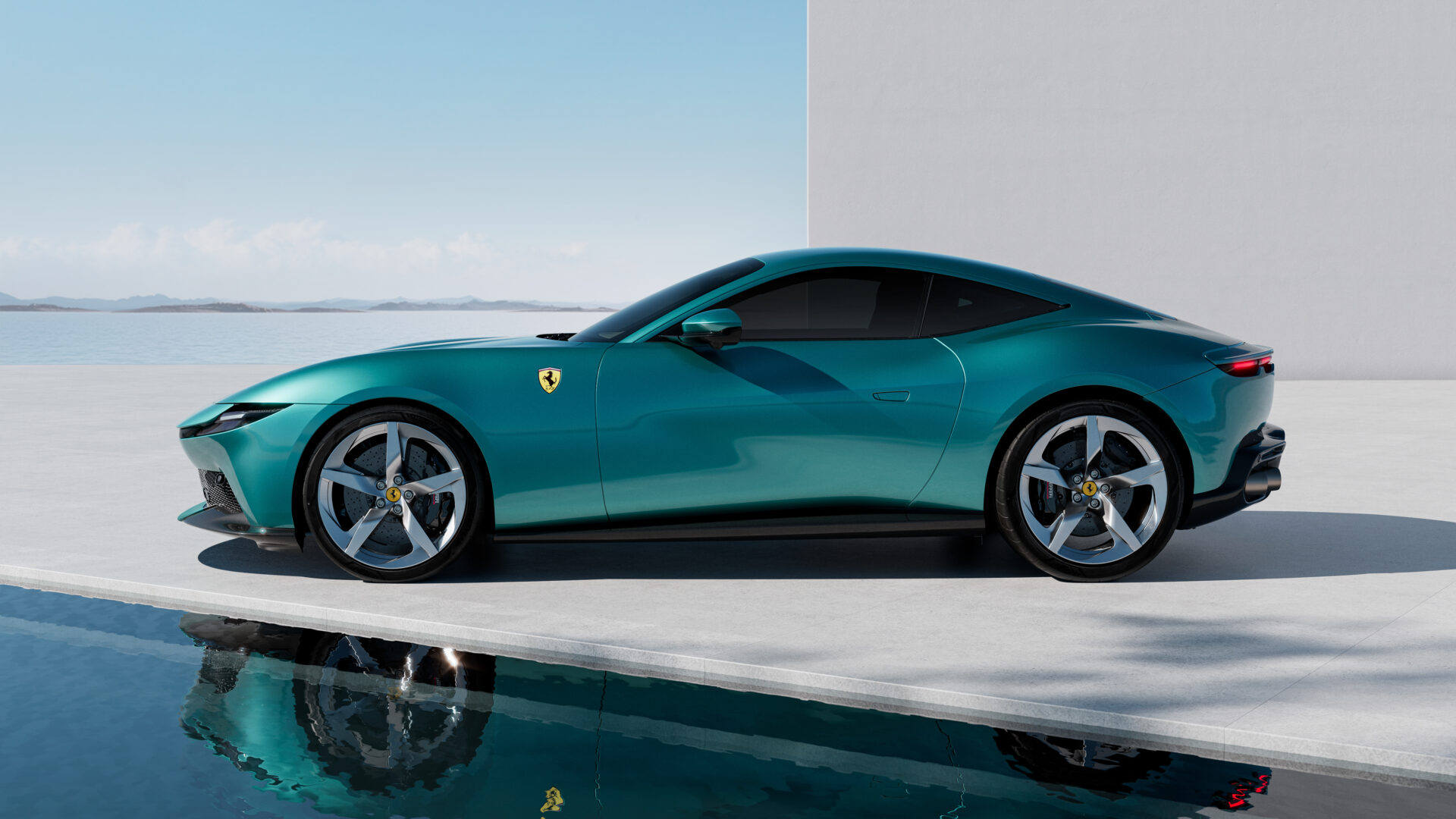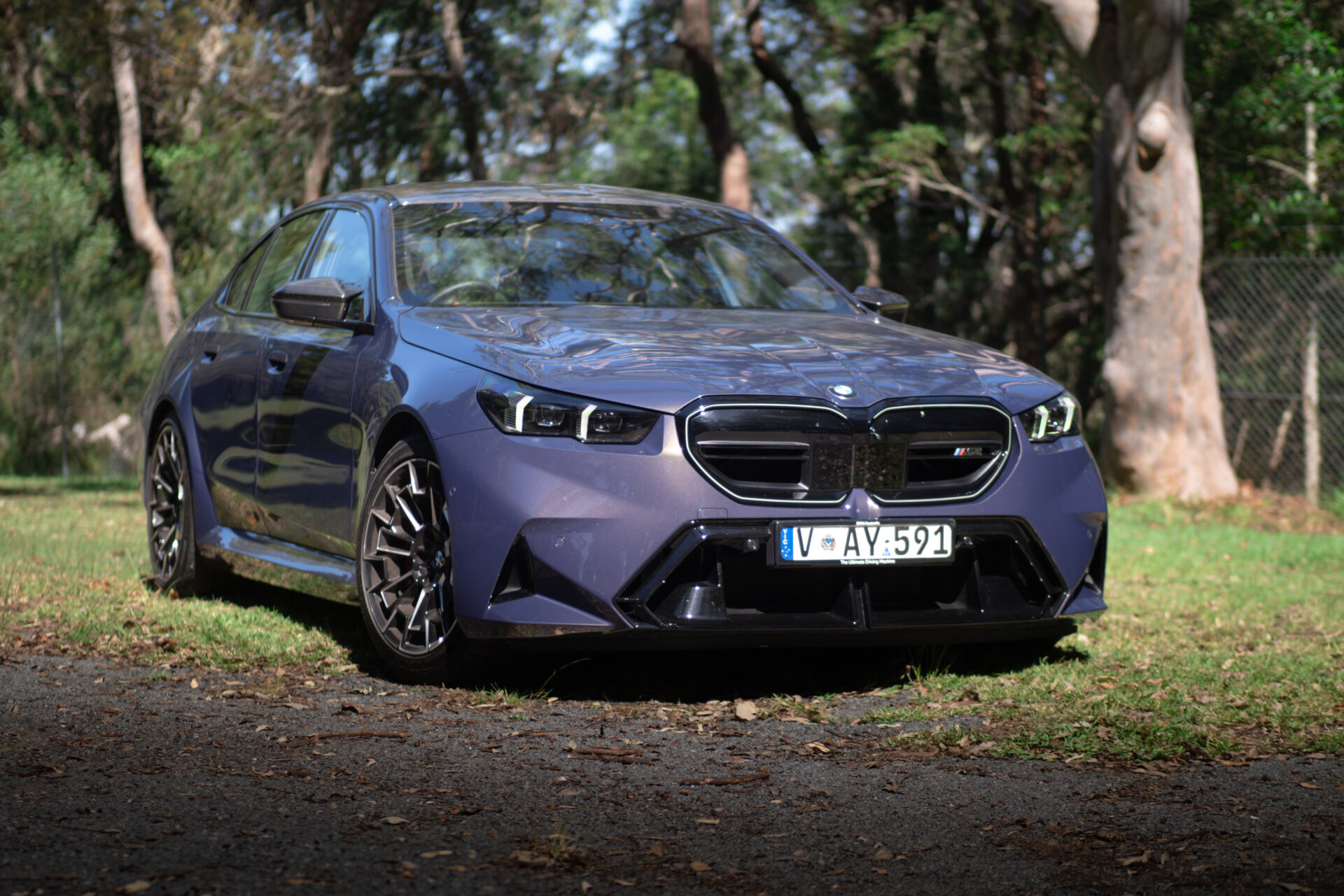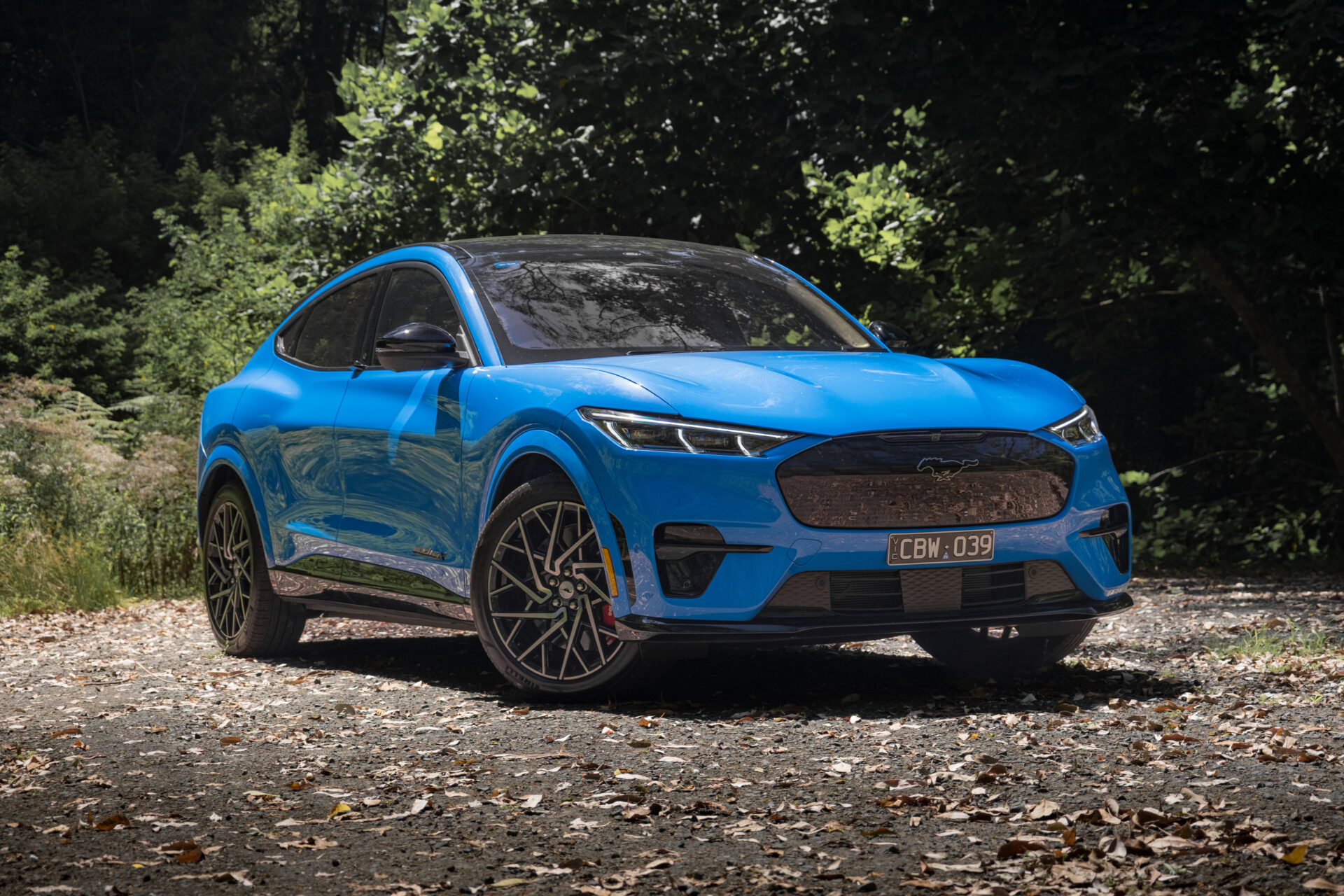The Hyundai Kona Electric arrived in 2019 to add to the Korean company’s trio of electrified Ioniqs. Promising Tesla-like 440km-plus range and a price tag to beat it, Hyundai joined the EV big league.
Hyundai never, ever fails to surprise me. I owned two in the 1990s when they went through a brief purple patch with the Lantra and Coupe (Do. Not. Judge. Me.). The Lantra was surprisingly good and nothing broke while the Coupe often broke and had terrible paint but I loved it anyway.
The last ten years have seen a steady, inexorable rise to meet the challenge of 21st-century motoring. With the Ioniqs three, Hyundai had a solid grip on a city EV, a very good grip on a plug-in hybrid and a Prius-strangling series hybrid. Boring, not great to look at (the MY20 update is slightly better), but Hyundai showed it wasn’t messing about.
After the huge distraction of the i30 N hot hatch and Fastback, the compact SUV Kona scored a full EV drivetrain. It changed just about everything we know about the electric vehicle market.
Words: Peter Anderson
Images: Rhys Vandersyde
Co-pilot: Todd Fletcher
How much is the Hyundai Kona Electric and what do I get?

Pricing (December 2019)
Hyundai Kona EV Elite: $59,990
Hyundai Kona EV Highlander: $64,990
You have a choice of two Kona EVs, as it happens. The “entry-level” Elite costs a stout $59,900 while the Highlander I had for a week stings you $64,990. For comparison, the bottom-of-the-range Kona Go is $24,000 while the turbocharged all-wheel drive Highlander is $39,990.
It’s a lot, but we’ll talk about why it isn’t really a bit later. It would be great if EVs were cheaper, but the less you spend, the fewer kilometres you will cover. It’s going to get better, though, so if you don’t have sixty-large, sit tight for a few more years.
The Highlander lands with 17-inch alloys, an eight-speaker stereo, climate control, reversing camera, keyless entry and start, front and rear parking sensors, pretty much everything is electric, sat nav, LED headlights, fake leather interior (nothing wrong with that), head up display, auto wipers and headlights, Qi wireless charging, sunroof, Apple CarPlay and Android Auto, heated and cooled front seats, active cruise control and a heated steering wheel.
And instead of a spare tyre, you get a tyre repair kit. Gotta put the batteries somewhere.
Do you need all the Highlander’s extra stuff? Not really. Most of it is just cosmetic or luxury stuff like the sunroof or the wireless charging. The latter is a bit pointless because you don’t get wireless CarPlay, so, you know.
The Elite misses out on front parking sensors (honestly, you don’t need them in the Kona), auto high-beam, keyless entry, the screen is an inch smaller, the front seats aren’t electrically adjustable, there’s no head-up display and there are some either minor spec differences. You get a lot of stuff for the money when you remember this is an EV with a good range.
Safety: 5 stars (ANCAP, October 2019).
The Kona Electric has six airbags, blind-spot monitoring, forward collision warning, forward AEB (high and low-speed) with pedestrian detection, active cruise, front and rear parking sensors, lane keep assist, lane departure warning and reverse cross-traffic alert.
The Elite’s safety package is identical.
The Kona EV holds the distinction of the first electric car ever crash tested here in Australia by ANCAP.
Warranty and Servicing
Warranty: 5 years/unlimited km
Battery Warranty: 8 years/160,000km
The standard Hyundai new car warranty applies to the Kona electric, with a separate warranty for the battery. It’s still pretty early in the car’s life to know if there are any persistent or common problems, but most EV owners wax lyrical about their cars, so they’re less likely to broadcast drama. Tesla owners are the most patient people I know.
However, given this one is going to appeal more mainstream buyers – a bit like the Nissan Leaf – I wonder if people will be more willing to get cranky if they feel the Kona doesn’t meet expectations.
Servicing:
Capped-price servicing:
Pre-paid service plan: $495 (3 yrs/45,000), $660 (4 yrs/60,000km), $825 (5 yrs/75,000km)
Hyundai offers two ways to pay for maintenance. If you pay up-front for pre-paid servicing, you can roll the cost into your finance (if you have any). Otherwise you can keep checking back on the website (when they fix it) to see the costs associated with the Lifetime Service Plan program.
Whatever happens, every time you service the car at a Hyundai dealer you get another 12 months on roadside assist.
Look and Feel

At first glance, it’s obviously a Kona.
Inside and out, though, you’re left with little doubt that this is the Kona Electric. For a start you have the two-tone colour scheme, different front and rear bumpers and that wacky, blanked-out grille. The wheels are also weird-looking. All of those things add up to a lower drag coefficient to make the car slippery through the air and use less juice.
The Kona EV also has its own set of colours – Phantom Black, Galactic Grey, Ceramic Blue (pictured), Pulse Red, Lake Silver and Chalk White. Only that last colour is a freebie, the rest are a teeth-grinding $595.

The interior architecture is mostly the same as other Konas, barring the new centre console. The drive selector is a funny-looking cluster of buttons that look like afterthoughts. It’s as though the designers forgot to put something there. The new console also has a storage tray underneath because there’s nothing in the way.
As with other Konas, you get four cupholders (two upfront, two in the back), a storage bin under the armrest and big door pockets. The rear doors have small bottle holders, too.
Boot space is 39 fewer litres than the ICE cars, with 332 litres, which isn’t a lot. Also remember there’s no spare under there, it’s all Li-ion batteries. Having said that, 39 litres is going to make or break this as a load lugger, is it? You can drop the rear seats for more space, rising to 1114 litres.
Kona Electric Drivetrain

Rather amusingly, the Kona’s electric heart is dressed up to look like an engine. That’s weird.
The Kona’s electric motor sends power to the front wheels only (boo!) via a single-speed transmission. With 150kW and a massive 395Nm of torque on tap. That’s almost as much as, say, a BMW Z4 30i. Both figures are available from zero rpm, obviously.
More to the point, no other compact SUV on the market has this kind of poke except maybe for the Audi Q2, and even then…
Battery and charging
A 356-volt lithium-ion polymer battery pack lives under the car with a 64kWh capacity. On the WLTP (or more snappily, Worldwide Harmonised Light Vehicle Test Procedure) cycle, the Kona scored an astonishing 449km of range.
WLTP is a good measure because it’s much closer to real life and actually takes into account driving the car for longer than 13 minutes on a rolling road where Volkswagen got itself into trouble.
To charge the battery, you have the usual options. At home it will take a day or so to get to 80 percent if you charge from flat to full. With the optional wallbox and onboard 7.2kW charger, that drops to about nine and a half hours.
If you can find a 50kW charger, you’ll get 0-80 percent in 75 minutes and 54 minutes if you score a 100kW charger. Good luck. But the key here is that the Kona is ready for those fast-charger boxes.
If you look closely at the photo of the engine, you’ll see an old-fashioned 12-volt battery sitting next to the motor. That’s because the Kona Electric is based on a standard internal combustion-engined (ICE) platform. It made me laugh, but it means Hyundai didn’t have to completely re-engineer the car’s electrical system.
Kona Electric Real World Range
Official Consumption Figures: 131Wh/km (ADR81/02 & NEDC), 153Wh/km (WLTP)
Claimed range: 557km (ADR91/02 & NEDC), 449km (WLTP)
This is the best bit. Hyundai has always been pretty good with its claimed fuel figures in its petrol and diesel cars. Always within about 10 or 15 percent where most carmakers are off by around 30 percent. Some even more, way more. NEDC figures are laughably off-beam, so it’s safe to disregard them. Hyundai pretty much does, too, which is heartening. More carmakers need to make sensible choices like that.
Even so, I thought 449km was going to stretch the truth a fair bit.
I had the car for a week and absolutely drove the wheels off the thing. I still managed 412km on the full charge it came with, with range to spare. That means I was using about 15kWh/100km, which is damn close to the WLTP figure. On a 30c/kWh tariff, that’s about $4.50 of power for every 100km. Contrast that with a Kona Active’s average of about 8.9L/100km and do that at a very generous $1.20 per litre, that’s $10.68 per 100km.
Do the sums over 15,000km per year and it’s a saving of $927 at the generous $1.20 figure. The real figure will be more because that’s rare and if you go with a certain power company, they’ll give you unlimited charging for $1/day at home. If you’ve got solar, then the savings will be greater again.
Driving

I really like the standard Kona. I ran one for six months as a long-term test car for carsguide. It was a terrific car, even though it was a bit slow. Handled well, space for my family, decent boot. All that normal stuff.
The Kona Electric is one of the shrewdest moves Hyundai has ever made. The SUV market is going bananas so that’s a no-brainer. It’s a normal car for normal people, you just don’t fill it with fuel.
But to drop a car in the market with a genuinely massive range that silences even the most committed range anxiety adherents is brilliant. Range anxiety is a genuine thing – my wife won’t drive the i3 far if it isn’t the REX and panics when an ICE car drops to a quarter full. Something to do with her dad always running out of petrol because he’s a goose.
You don’t have to worry about that so much in the Kona. With such a long range, most people will only have to charge it once per week. Or, if you’re sensible, just plug it into the mains every night. It’s really about habit.
Anyway.
The Kona is one of the most capable urban cars I’ve driven. It’s fast off the line, meaning you can get ahead of traffic easily. That first jump is impressive and you never get bored of the shove from the traffic lights.
Like the i3 and Leaf, the Kona recovers energy when you lift off the throttle. You’ll find paddles on the Kona’s steering wheel. Obviously, given it’s a single-speed reduction gear, you’re not changing gears. What it does is change how aggressively the electric motor recovers energy. You have three settings to choose from and I always go for the most hardcore. You can then pretty much drive the car on the throttle pedal. It’s a lot of fun (hey, don’t judge me) working out when you lift off to roll the car to a stop at the lights or stop sign.
The standard Kona is pretty handy in the bends and the electric is even better. Probably partly to do with the way you can slingshot out of corners with that huge slab of torque. The steering is really good, just enough life to let you know what’s going on and the suspension soaks up the bumps beautifully.
Even though it runs on very tall sidewalls (215/55), the car has plenty of grip and rides really well. It walks a pretty good line between comfort and handling, like just about every Hyundai on sale today.
There’s not much to grip about – I’d like better tyres on it, but that would slightly increase consumption with the grip. Bigger wheels would also increase power consumption, but with such a long, dependable range, it can cope. I would also like it to look a little less electric-ey both inside and out. I reckon the interior is a bit chintzy with all the silver buttons everywhere.
Competitors

Electric isn’t cheap, I don’t care what anyone says. You can’t scream blue murder about this kind of pricing when there is nothing else like it on the market. Punters want SUVs and the next cheapest SUV is the Jaguar I-PACE, closely matched (in price) by the Tesla Model X. Both are completely different cars and twice the price. Neither can really cover the number of miles of the Kona and probably should, given the price differential.
Deep breath – the Tesla Model 3 is about $3000 more than the Kona Electric. Tesla claims a range of 460km on the NEDC cycle, so you can comfortably knock 80-100km off that. It is faster than the Kona to 100km/h by two full seconds. You also have no idea when you’ll get, tiny dealership network and you might get a car built well or not well at all. Luck of the draw. By all accounts, it’s a great car to drive, but in its basic form, is probably not going to get the job done the way the Kona does. Spend another $18,000 for the Long Range and you’ll leapfrog the Kona. The Tesla Model 3 is a good car. Whether it’s a good car for you in its basic form is up to you.
Next up is the second-generation Nissan Leaf. I’m not going to pretend it’s the world’s most interesting car, but it’s not a bad choice. It’s $49,990, so an easy $10,000 cheaper than the Kona Elite, but has a shorter range (270km). It’s well-specced, though.
Then there’s the hilarious little Renault Zoe, complete with the Jetson’s pedestrian warning sound. I really quite like the wee beastie, but it has a real-world range of 300km. Renault’s claimed figure of 400km with the ZE 4 battery set is a little optimistic. It costs about the same as the Leaf, which is mildly disappointing, but I reckon it looks better.
Redline Recommendation
There’s nothing fancy about all this – it’s a sensible, low-risk, low complexity approach. It’s not a technological tour-de-force like the Tesla, but we all know how that’s worked out for them. Hyundai has a huge dealer network, a long-term commitment to the Australian market and an excellent warranty and servicing package.
This car changed a few minds – one of my regular co-pilots, Mark, drove the Kona and couldn’t believe how much fun it was. He’s not on board with electric cars but the Kona might just have started the process of changing his mind.
This is the electric car I would buy today – my heart would be screaming BMW i3 S, but my head knows the Kona Electric is the best (silent) bang for your buck you can buy.





Leave a Reply